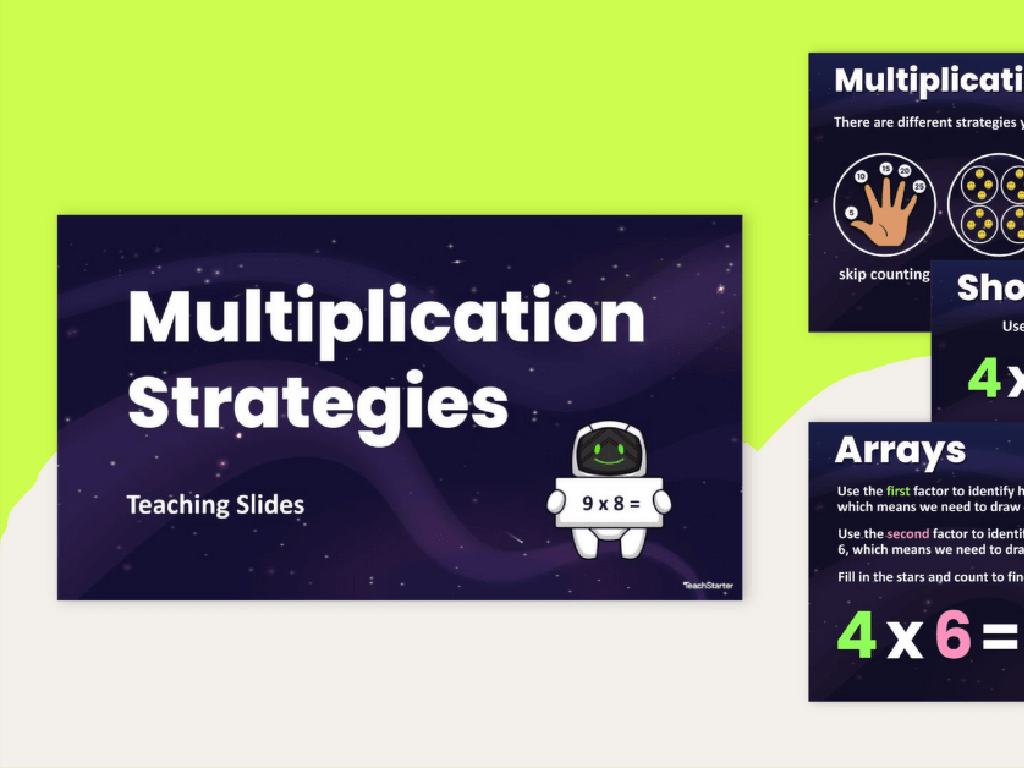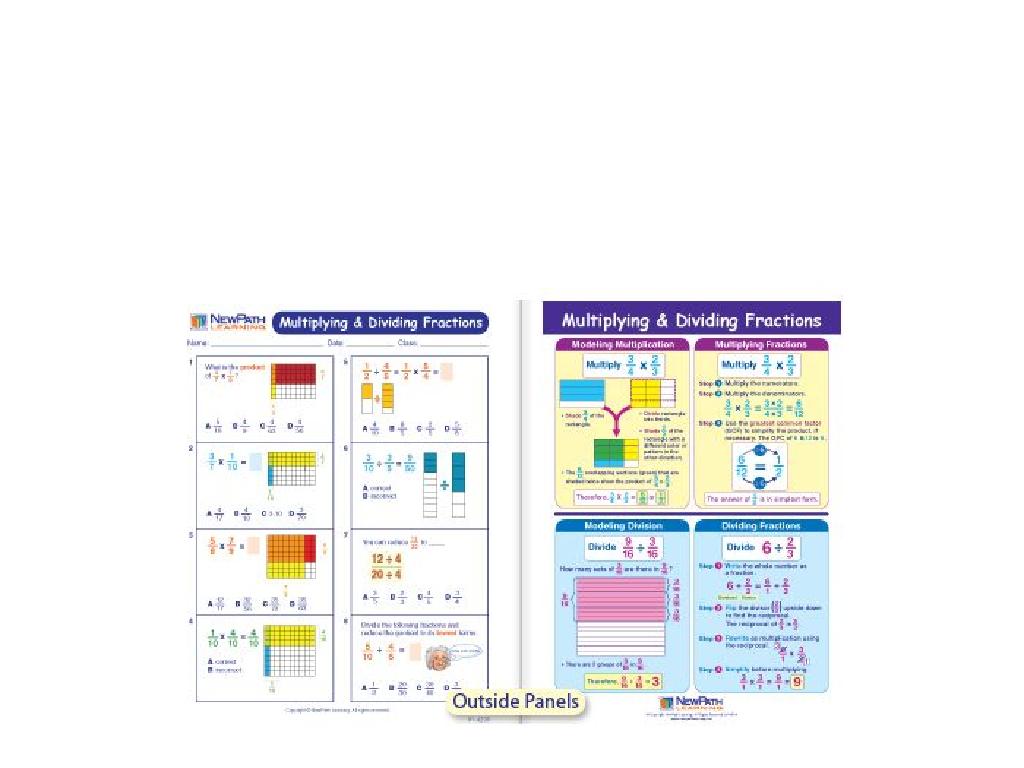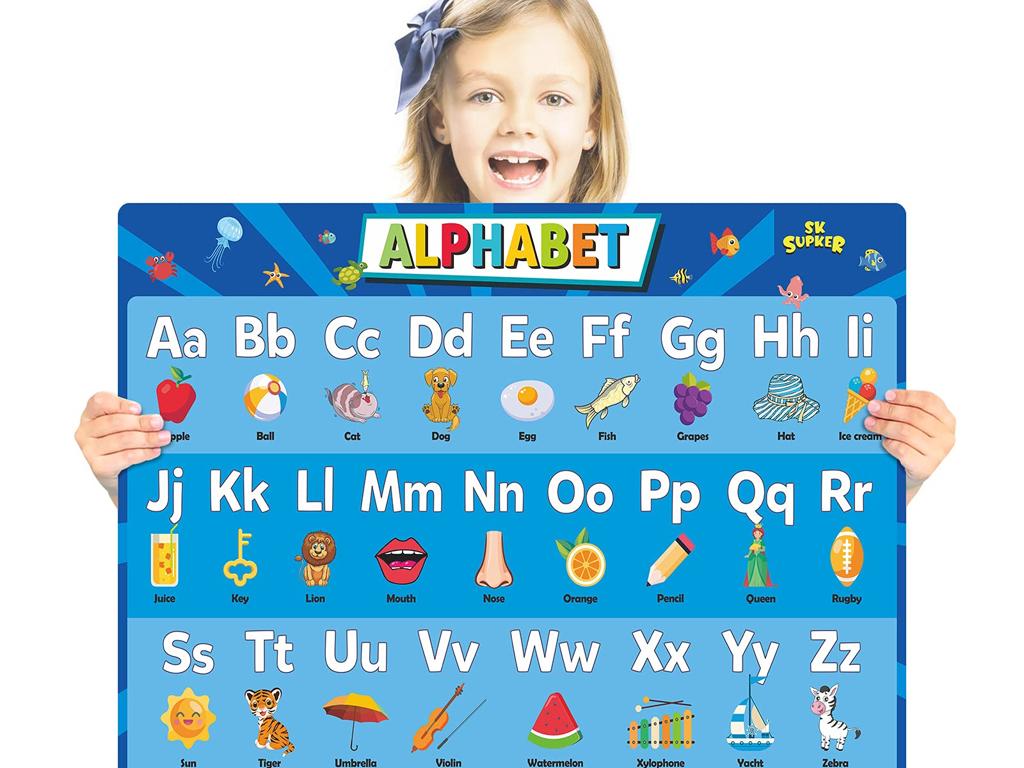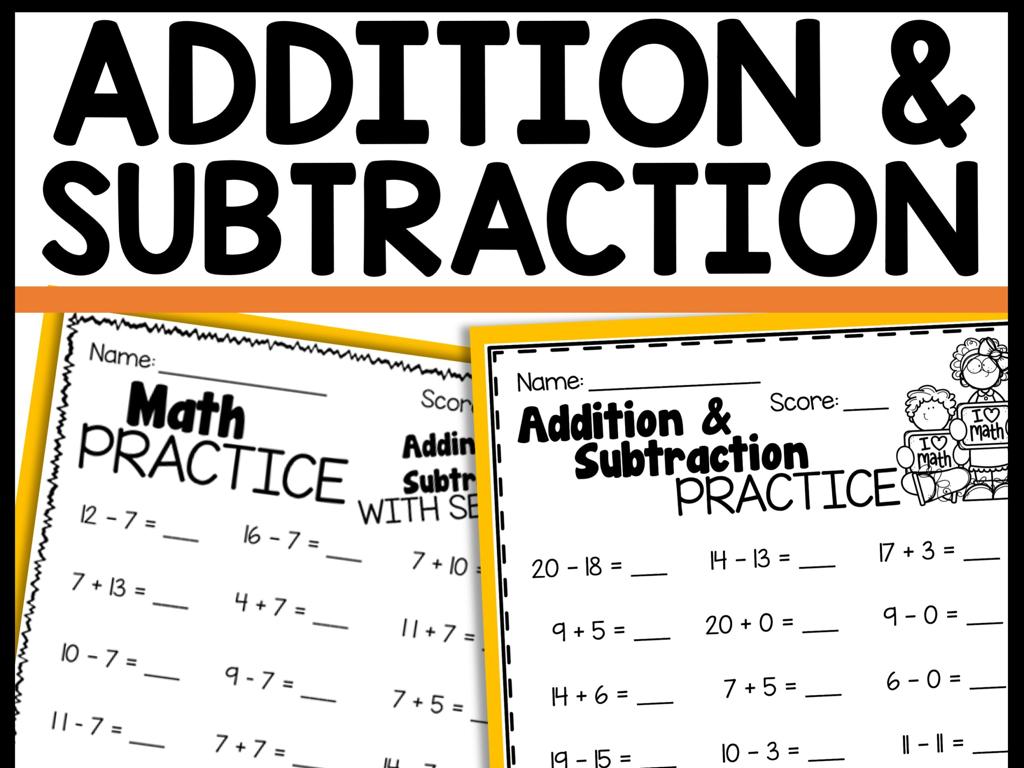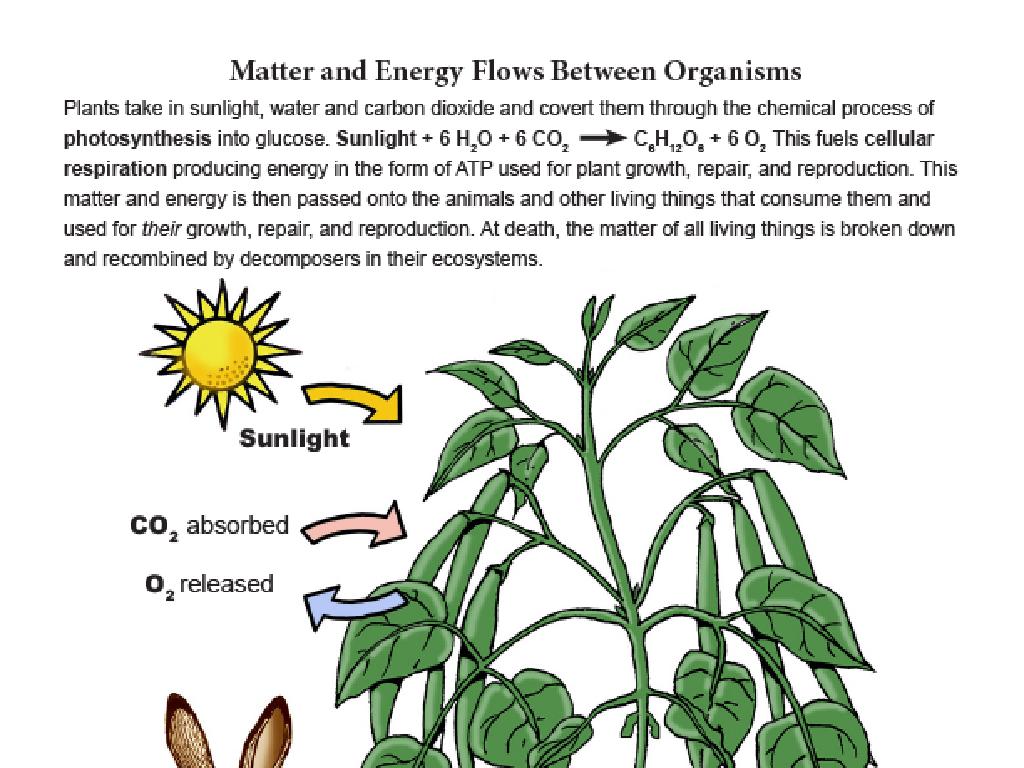Addition Word Problems - Three One-Digit Numbers
Subject: Math
Grade: Second grade
Topic: Addition: One Digit
Please LOG IN to download the presentation. Access is available to registered users only.
View More Content
Welcome to Addition!
– Greetings, young mathematicians!
– Addition: Combining numbers
– When we add, we put together numbers to find out how many in total.
– Addition in daily life
– Like adding apples in a basket or cookies on a plate.
– Let’s start our math adventure
|
Begin the class with a warm welcome to set a positive tone for the lesson. Introduce the concept of addition as the process of combining two or more numbers to find the total amount. Use relatable examples to illustrate how addition is used in everyday situations, such as combining apples in a basket or cookies on a plate to find the total count. This will help students understand the practical application of addition in their daily lives. Encourage the students to think of their own examples of addition they’ve encountered outside of school. The goal is to create an engaging and interactive environment where students are excited to learn about addition.
Understanding Addition with One-Digit Numbers
– Addition means putting together
– Visual example: 2 apples + 3 apples
– Like combining 2 apples and 3 apples to have 5 apples
– Today’s focus: Adding three numbers
– We’ll add numbers like 1 + 2 + 3
– Practice with real objects
– Use items like blocks or crayons to add
|
This slide introduces the concept of addition to second graders by defining addition in simple terms and providing visual examples that they can relate to, such as adding apples. The focus of the lesson is to teach students how to add three one-digit numbers together. Encourage students to use real objects like blocks or crayons to visualize the addition process. This tactile approach helps solidify the concept of combining quantities. During the class, guide the students through several examples, and then let them practice with their own sets of objects. This hands-on activity will make the abstract concept of addition more concrete and understandable for young learners.
Solving Addition Word Problems
– Understanding word problems
– Reading a word problem aloud
– ‘Tom has 2 apples, and his mom gives him 3 more. How many apples does Tom have now?’
– Visualizing problems with pictures
– Draw apples to represent the numbers in the problem.
– Practice with an example
– Let’s solve Tom’s apple problem together!
|
This slide introduces second graders to the concept of addition word problems involving three one-digit numbers. Start by explaining that word problems tell a story about numbers. Read a simple word problem to the class, emphasizing the numbers and the question being asked. Show students how to draw pictures to represent the problem, which helps in visualizing and solving it. For example, if Tom has 2 apples and gets 3 more, students can draw 2 apples, then 3 more, and count all the apples to find the answer. Encourage students to draw as they solve the problem. Finish with a group activity where everyone solves the example problem together, reinforcing the concept of visualization in addition word problems.
Let’s Practice Addition Together!
– Class word problem walkthrough
– We’ll solve a problem step by step as a group
– Use props for number representation
– Objects like blocks or drawings help visualize the numbers
– Student participation in solution
– Everyone gets a chance to contribute to the answer
– Review and discuss the answers
|
This slide is designed for an interactive class activity focused on solving addition word problems involving three one-digit numbers. Start by presenting a word problem to the class and guide them through the steps to find the solution. Use physical props such as blocks or drawings on the board to represent the numbers in the problem, making it easier for second graders to understand. Encourage all students to participate by asking for volunteers to add the next number or to suggest what the next step should be. After reaching the solution, review the problem and discuss why the answer is correct. This activity will help reinforce their addition skills and build confidence in solving word problems. Possible activities include: 1) Group problem-solving, 2) Pair work with props, 3) Individual practice with teacher guidance, 4) Creating their own word problems, 5) Using a number line to visualize addition.
Try It Yourself: Addition Word Problems
– Receive your addition worksheet
– Read and draw the problems
– Visualize the problem with pictures
– Solve the problems step by step
– Add the numbers one by one carefully
– Ask for help if you’re stuck
|
This slide is for a class activity focused on solving addition word problems involving three one-digit numbers. Distribute worksheets with various word problems for the students to practice. Encourage them to read each problem carefully and use drawing as a tool to visualize the addition. This can involve drawing objects, tally marks, or number lines. As students work on their worksheets, walk around the classroom to offer assistance and ensure they understand the process. If a student is struggling, guide them through the problem-solving steps: understanding the problem, choosing a strategy to solve it, and carefully adding the numbers together. Have a few extra challenging problems for students who finish early, and be prepared to discuss the solutions as a class afterward.
Share Your Answers: Addition Word Problems
– Volunteers share their solutions
– Discuss various solving methods
– Did you add all at once or step by step?
– Praise efforts and correct answers
– Guide students needing help
– Let’s find the best way to solve together
|
This slide is designed to facilitate a classroom discussion where students will volunteer to share how they solved the addition word problems involving three one-digit numbers. Encourage students to explain their thought process, whether they added all numbers at once or used a step-by-step approach. Acknowledge every attempt, praise correct solutions, and offer positive reinforcement to boost confidence. For students who may have struggled, provide additional guidance and support. Prepare to demonstrate different methods, such as using physical counters, drawing pictures, or writing out equations, to cater to various learning styles. Have at least 4-5 alternative activities ready, such as pairing students for peer teaching, using manipulatives for hands-on practice, or creating a game to find the sum.
Class Activity: Addition Relay
– Learn the Addition Relay rules
– Form small teams with classmates
– Solve addition problems together
– Use three one-digit numbers in problems
– Advance in the relay race
– Each correct answer takes your team ahead
|
This interactive class activity is designed to encourage teamwork and practice addition skills. The Addition Relay involves students working in small groups to solve addition problems that include three one-digit numbers. As each team solves a problem correctly, they move forward in a relay-style race. The activity not only reinforces mathematical concepts but also promotes healthy competition and collaboration among students. For the teacher: Prepare a set of addition problems beforehand, ensure each team has an equal number of problems to solve, and provide a clear finish line. Consider offering a small reward for the winning team to motivate students. Possible variations include a timed challenge, mixed-operation problems, or a ‘baton pass’ where the next student can only start after the previous one has correctly solved their problem.
Wrapping Up: Addition Word Problems
– Review of addition word problems
– Homework: practice problem set
– Solve problems adding three one-digit numbers
– Practice with family or toys
– Use toys or family members to make up your own problems
– Keep practicing, have fun!
|
As we conclude today’s lesson on addition word problems involving three one-digit numbers, it’s important to summarize the key points. Ensure that students understand the structure of word problems and the strategies to solve them. For homework, assign a set of problems that reinforce today’s lesson. Encourage students to involve their family or use toys to create and solve their own addition problems, making the learning experience more engaging and hands-on. Remind them that practice is essential for mastering addition, and by incorporating fun elements, they are more likely to enjoy and remember the concepts taught.

